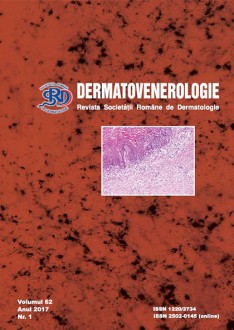Vitiligo is a non-communicable, immune-mediated skin disease of which both triggers and disease pathogenesis are poorly understood. It affects 0.5%-1.5% of the world population. In the absence of vitiligo-specific treatments, UVB phototherapy remains a standard treatment option with 65%-70% efficacy [1,2]. Treatment outcomes and patient’s quality of life are dependent on true costs of and willingness to pay for vitiligo therapy. Authors conducted DLQI interviews with vitiligo patients and collected data on: number of visits; number of phototherapy treatments received; and their outcomes from private clinics in Almaty, Kazakhstan. This research revealed a high level of deterioration in quality of life among vitiligo patients, and was prominent when lesions were located on the exposed parts of the body regardless of the area affected and duration of the disease. The average monthly expense for vitiligo phototherapy treatments cost between $1,254 and $2,756, where in the country’s capital city the average monthly income is $832. Given the data on vitiligo relapse after a successful treatment outcome, a vitiligo patient would typically spend $3,560 every 4-5 years on phototherapy alone. The results of the study will help dermatologists focus on individual characteristics of vitiligo patients in order to improve treatment outcomes and their quality of life. This data will also help design patient activation measures [3], and allow for better planning and implementation of dermatological services to the general population and for vitiligo patients, in particular, throughout the healthcare system in Kazakhstan.
Clinical trials and experimental
COMPREHENSIVE EVALUATION OF QUALITY OF LIFE AND SOCIO-ECONOMIC FACTORS AFFECTING VITILIGO PATIENTS IN PRIVATE CLINICS OF ALMATY, KAZAKHSTAN


